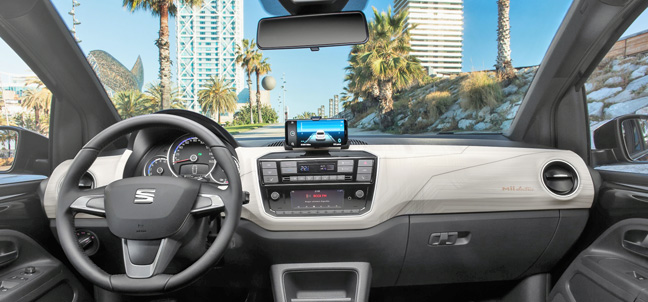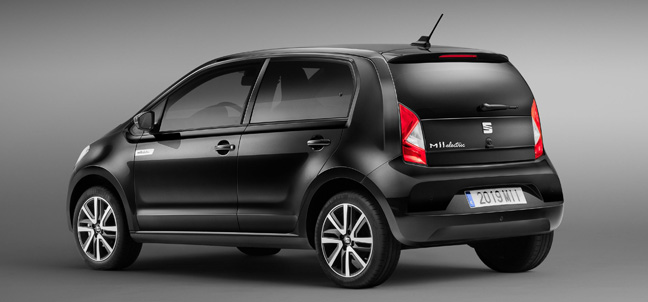Key to Mii Electric’s success is relatively affordable pricing (from a pre-discount £19,300, including the government’s £3,500 grant). More important is the tempting PCP offer from around £199 per month. However, you need to be quick off the mark to secure the opening deal that includes a free fitted wall-box for domestic charging, a 3-pin charging cable, free metallic paint, free three years’ servicing and free roadside assistance. The package is open to only the first 300 UK customers.

The Mii electric marks the start of a comprehensive programme to electrify Seat’s range, with more electrified models arriving next year including: el-Born, plug-in hybrid versions of Tarraco, an all-new Leon and high-performance plug-in hybrid models from Cupra, including the Formentor, all of which we have previewed before.

Mii electric’s motor is linked to a single-speed transmission, for its 61kW (80bhp) of power and 156lbs ft of instant torque, which means that the five-door hatch can reach 31mph from a standstill in only 3.9s, with a restricted top speed of 81mph. Its 36.8kWh lithium-ion battery pack provides up to 161 miles of range from a single charge, based on the WLTP test cycle. Rapid charging (DC at 40kW) to 80% takes an hour, while using a AC 7.2kW home charger takes four hours to reach 80% charge.
It is well-equipped, featuring 16.0-inch diameter alloy wheels, heated electric door mirrors, privacy glazing and heated front and rear screens. The interior benefits from sports seats, some leather wrapped details and metallised dash trim. Its dashboard includes a 5.0-inch colour touchscreen, sat-nav and six-speaker stereo system. A number of key functions can also be operated remotely using the Seat Mii app.

Neat proportions (3.55m long, 1.64m wide and 1.47m tall) combine with agile handling to make the Mii a real boon in the urban jungle but it is very tolerant of higher speeds and main road cruising too. Located beneath the rear seat, the battery pack does rob a small amount of carrying space and the already pokey little boot (251-litres) can be expanded to a still exceptional 923-litres, when the rear seats are 60:40 folded flat.

The driver has unrivalled access to a surprisingly roomy cabin, with enough driver’s seat and steering column adjustability to allow a two metres tall occupant to obtain a comfortable and safe seating position. Amazingly, there is also enough space in the rear bench for two large adults, although seat belts are provided for three of a slighter build.

To be honest, I am glad that Seat (and VW and Skoda) has not compromised the first-class design of the original car. Its timeless design is as fresh as a daisy and the only recognition points are the ‘electric’ script on tailgate and front wings. The Mii electric joins a growing range of EV city cars that are probably more welcome than their larger alternatives.